Devanshi Shah talks about her experience at the School for Curatorial Studies in Venice and putting together an exhibition alongside the Venice Biennale in an exclusive interview.
Historically art has always been a tool to facilitate change, mostly because of its ability to physically represent and address larger issues. It’s not just artists though, it’s the artistic eco system; the collector, the critic, the gallerist and the curator, they can shift the focus of global conversations and ideals by amalgamating their affects.
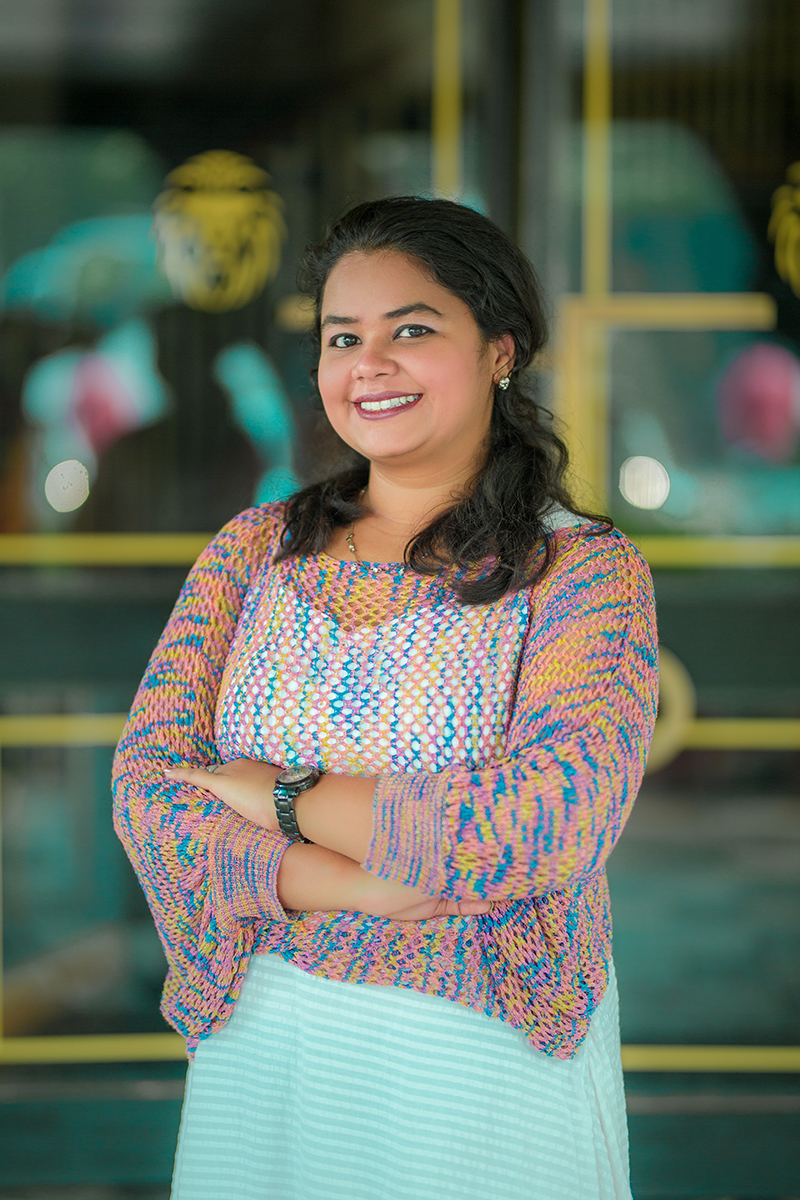
Architecture and Interiors, Art and Design, Teaching, and now Curation. What were your motivations for moving from one to the next?
First thing after my Master’s degree, I started working as a Curatorial Associate at the Dr. Bhau Daji Lad Museum in Mumbai. I learnt so much about exhibitions and curating under Mrs. Mehta, but like my job at the architectural firm it felt like one part of a whole. Since then I think it has been a bit of an explorative quest, of me trying to find my place in this world building project.
In September 2016 I got be a resident at The Utopia School, in Christiania, Copenhagen and ALT CHP art festival. In 2017, I was at the Story of Space and have been associated with The Goa Project since 2016. I have written for Architectural Digest India (Digital), On Stage (NCPA) and am the co-author and Deputy Editor of the recent architectural publication N.A.S.I.K. Project. At the same time, I was teaching history, theory and design at different colleges in Mumbai (Marangoni, ISDI, BSSA). Curation seemed like the next move as a way of consolidating all the different skills have acquired and good way to direct my interests.
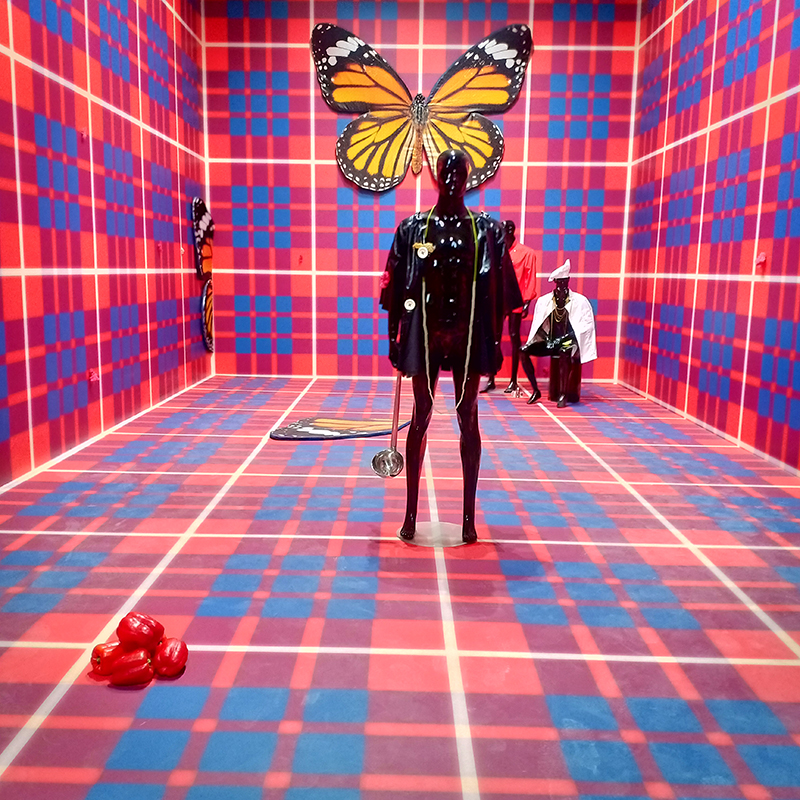
How do you describe yourself in the context of your work?
I have always been fascinated by world building. While it started out with more obvious hobbies; Lego, sci-fi, fantasy. It has since grown into a more holistic exploration. If we can create fantastical worlds through the written and spoken word, how can those same words transform our here and now. People tend to dismiss a lot of theory and writing in general as “jargon” and for many it maybe, but the crux of my work is to try and bridge that misunderstanding. And I think that can be done with words. I am Dyslexic, words have always played a very important role in my life, and now it is part of my work.

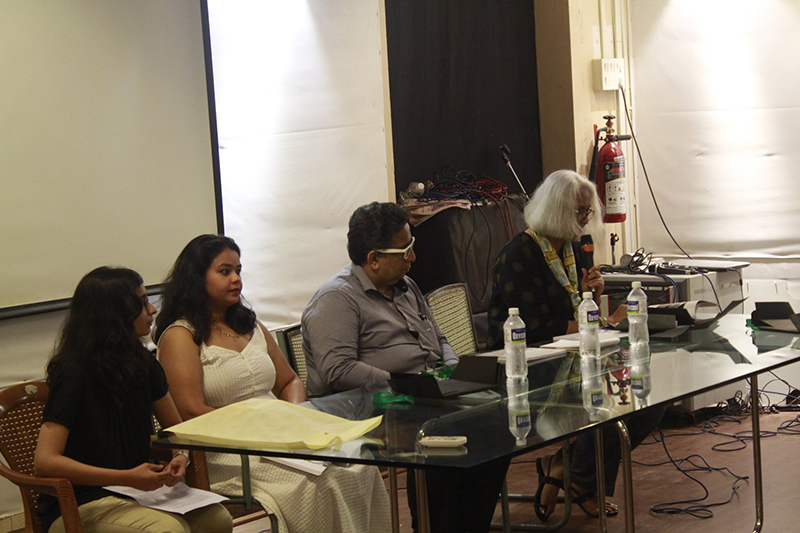
What inspires you? Take us through your frameworks and process.
I think the dedication at the start of the NASIK Project perfectly summaries my vision system.
Dedicated to every person who made us aware of the need to design so that people feel valued, respected, honoured and seen… to create places for people to lead their best lives.
I have been on the receiving end of this kind of positivity and respect and it is something that filters through everything I do. Even in my written work, while I know and can write all the appropriate “jargon” it is very important to me that the work is accessible and approachable. The same thing applies to curation. If the curatorial note alienates a sizeable number of your audience, why put it out at all. And if I had to give you a specific value, I have to go with 42.
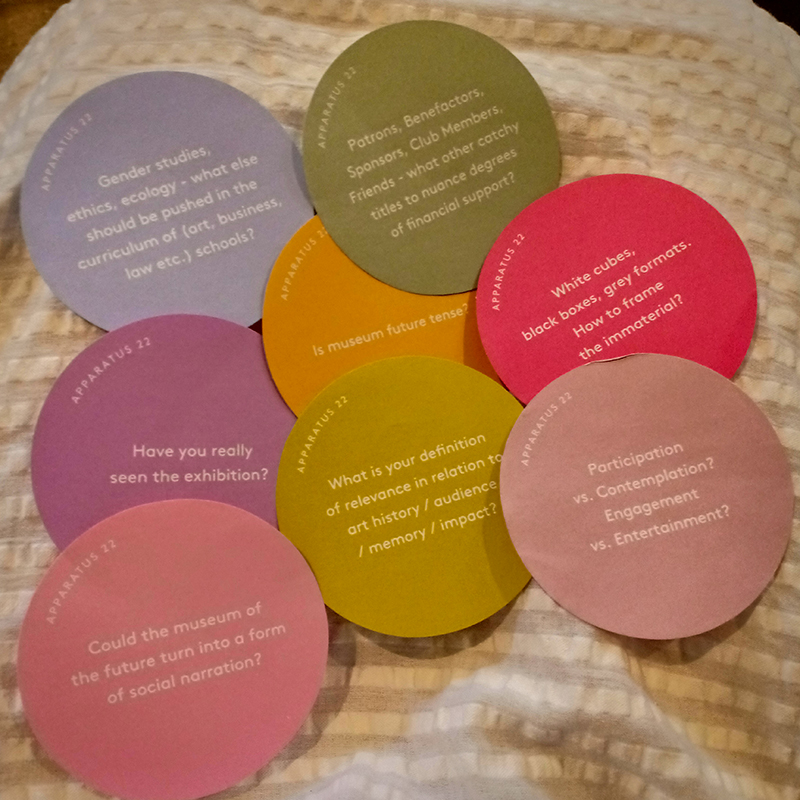
A work by art collective Apparatus 22 | Dragos and Erika Olea
What is the primary role of an artist in society?
The first thing that comes to mind is that a lot of artist actually remove themselves from society and yet continue to comment on it. Yes #notallartist, but it is a very contemporary issue, one that is swept under the rug leaving us with a rather pedantic response to society.
Historically art has always been a tool to facilitate change, mostly because of its ability to physically represent and address larger issues. It’s not just an artist though, it’s the artistic eco system, the collector, the critic, the gallerist, the curator, they can shift the focus of global conversations and ideals by amalgamating their affects.
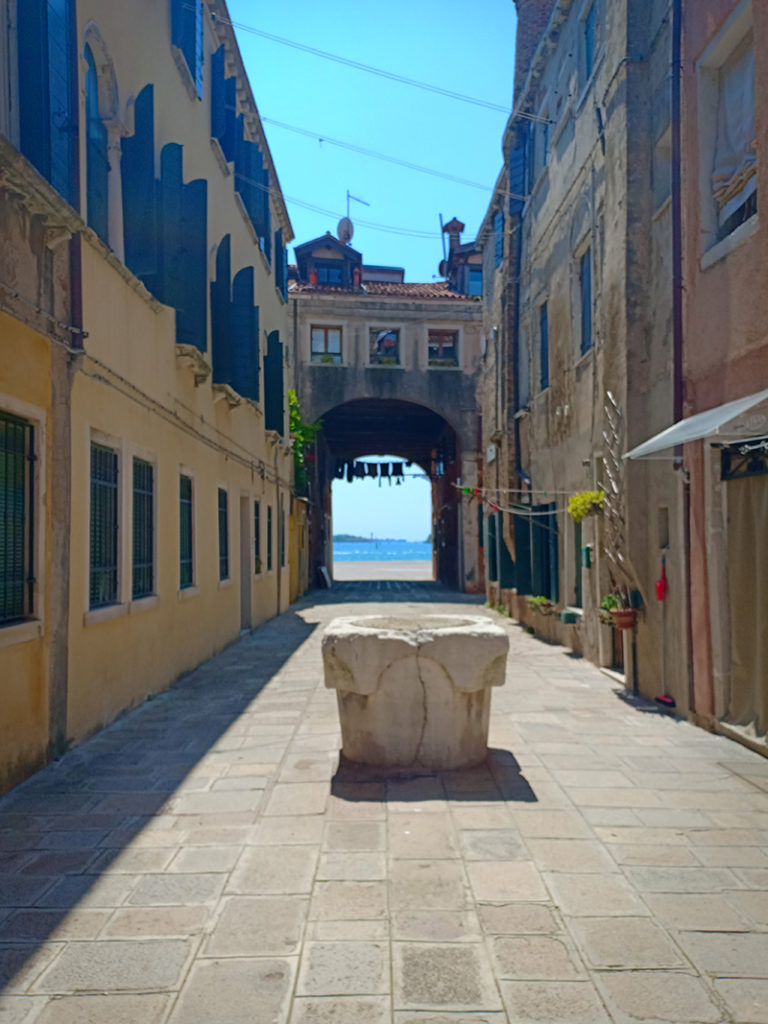
View from outside my Venice residence, in the midst of the Biennale.
Tell us your reasons for choosing the summer school. What was the application process like?
Venice during the Biennale, I have never been to either before. Two birds, one arrow. The application process itself was quite simple, we had to send in an exhibition proposal, two reviews and a motivation letter. After the first round there was a skype interview.

Students at the school include: Eduardo Alfonso (USA), Sonia Barbey (Switzerland), Philip Balimunsi (Uganda), Danielle Freakly (Australia/Seychelles), Kristi Giambattista (Canda), Sammy Ng Sock Hwa (Singapore), Veronika Hykova (czech republic), Priyansha Jain (India), Yana Malysheva-Jones (Russia), Rita Martins (Portugal), Alfredo Martorelli (Italy), Marianna De Marzi (Italy), Analize Nicolini (Brazil), Inês Pinto de Faria (Portugal), Afra Safa (Iran), Devanshi Shah (India), Ilethia Sharp (USA/Denmark) , Gabrielle White (Australia), and Rebecca Yeoh (Malaysia
Take us through your arrival and first day of orientation
No amount of research can prepare you for Venice. A city made up of over 1000 bridges, and whose public transport consists of boats. Our first class was inside the Venetian Music School, we had Vivaldi playing in the background while an international group of students introduced themselves to each other. The first thing one got was how diverse the group was. Not only in terms of nationality, but also profession and age.
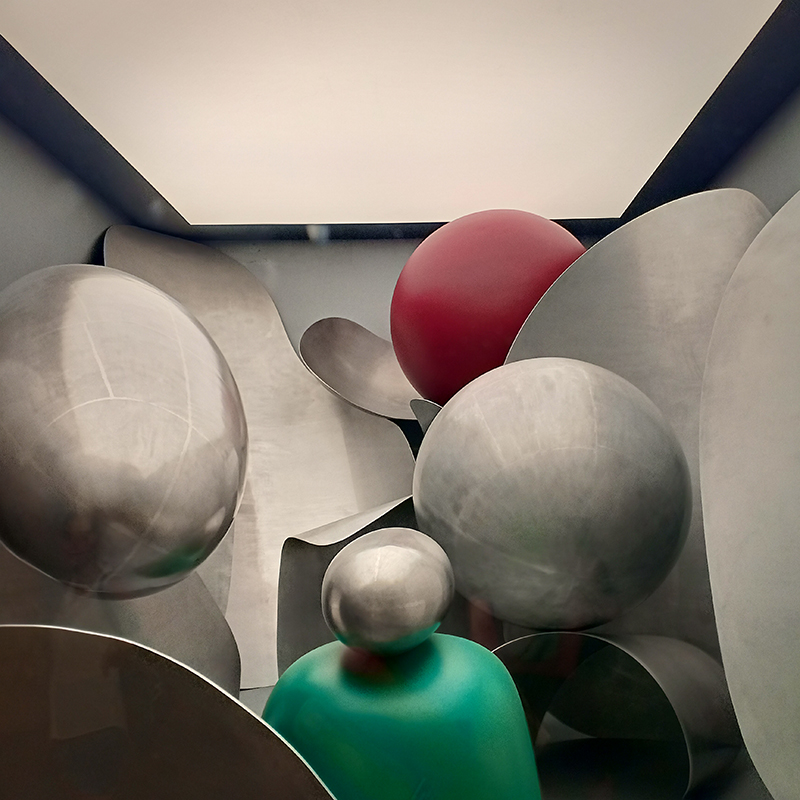
Tell us about the place. What was a typical day like?
We had classes all over the city, from the music school to a Venetian palace, the island was our class room. Most days we began with either lectures or talk from different people directly connected to the art world in Italy and Europe. After lunch (and a gelato) we would visit an exhibition.

Midnight fireworks for Redentore celebrations. One of the oldest and most popular festivals in Venice: it commemorates the end of the terrible plague that hit Venice during the 16th century.
How did you balance life and learning in these new surroundings amongst new people?
I think the biggest advantage was that everyone was here to learn, and everyone had a voice. You could disagree with each other and still have a discussion. We also all lived in different places, so I think that would have helped with curbing some of the drama. We also got a chance to immerse ourselves in the local culture, by attending campo gatherings and celebrations.
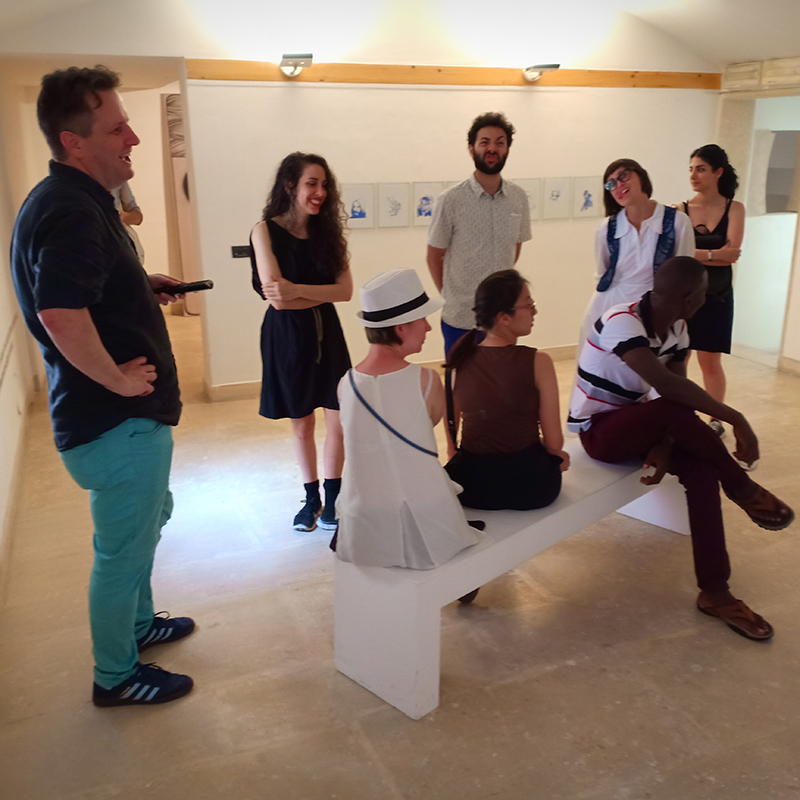
First visit to the AplusA Gallery, Venice
Tell us about the hiccups and disappointments.
The depth of involvement undertaken in this kind of course, lifts a veil. I was never one to walk around with rose tinted glasses but when you interact with the people who actually get the work done, it really makes you question the role of an artist. One of the national pavilions we saw, had hired a local art installation company and basically just sent a list of requirements and then let the company do as they wanted. I think I went and drank a glass of wine after hearing that. At the same time hearing all these stories gave me an insiders view of how the system works.
What moved and inspired you? What was the best part of this experience?
The best part of the experience was the installation of our own exhibition at the end of the course. We got to interact with all the artists directly, Beth Collar and Ella Littwitz were both very interesting. Lea Cetera’s work added a bit of humour to our exhibition and Jeschkelanger’s experiential lunch was a personal highlight for me. Arash Nassiri’s work added a little technology with his 3D projection. I think it says a lot about our group that our final selection of artists was primarily female, especially since we did not do so on purpose.
I was selected to be the Project Manager which was a lot of fun, and gave me a very detailed understanding of what putting together a show in Venice entails. It is a lot more complicated given the geography of the city. Even the walls… one does not simply mount a painting on the wall. I have never felt so defeated as the two days it took us to figure out how to mount a simple frame on the gallery walls. At the end, ofcourse it all worked out, but Venetian walls…
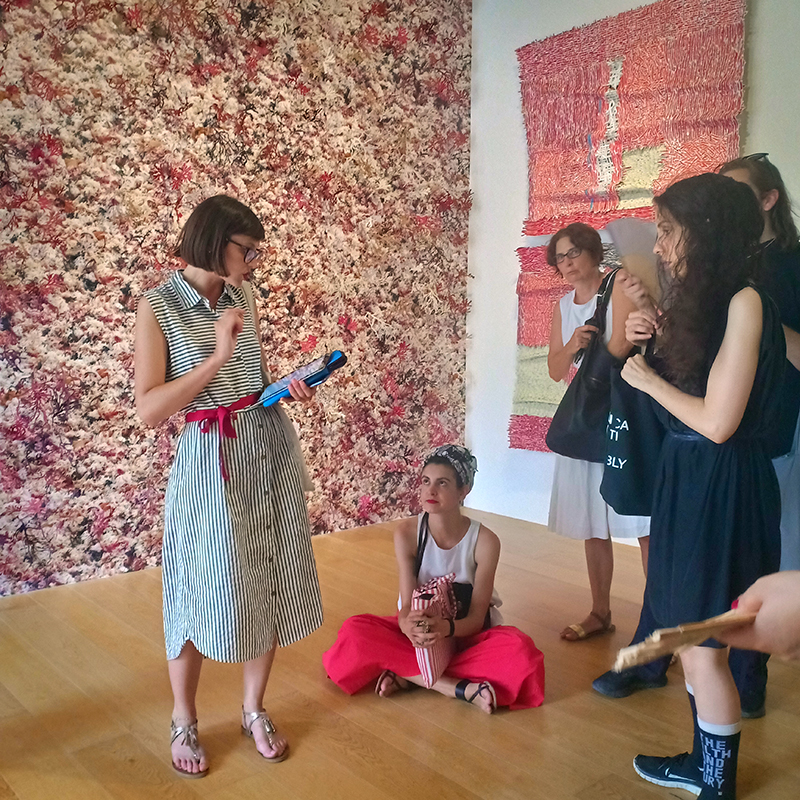
What are you looking for when you review artists’ work? Who are your maestros?
At the Biennale, I loved the Taiwan and Scottish pavilion. I picked up all the literature from it and will definitely be following both Shu Lea Cheang and Charlotte Prodger. And ofcourse the Lithuania Pavilion. A classmate, once mentioned that a good show addresses each of our 5 senses, when she mentioned it, I was a bit skeptical but since then every exhibition I was been to and liked, has explored this theme. But personally, I like to have to look at the work closely.
It’s a bit hard to explain, but think of it as looking for Easter eggs in a Marvel film, you need to have an extensive knowledge about the entire ethos of the subject matter, the directors cut and 2-3 YouTube compilation revealing them to you. I don’t think we can look at an art object on its own anymore, because no matter the artist’s intention it still comes from and then eventually leads to a larger community.
This kind of status quo requires an investigation into any artist you choose to work with in the future.

How does a curator’s interaction with an artist evolve from the (brief) initial interface, to the working-involvement-relationship?
The art world is a network, one that each individual builds through taking part in residences, workshops and open calls. The manner of setting this network up is changing, you have artist collectives that work independently and curate each other’s shows. The Kochi Biennale famously proclaims itself to be an artist Biennale, curated by artist for artist. The role and qualifications of a curator is changing, but like most things, to evolve a working relationship it all boils down to ones ability to build a network
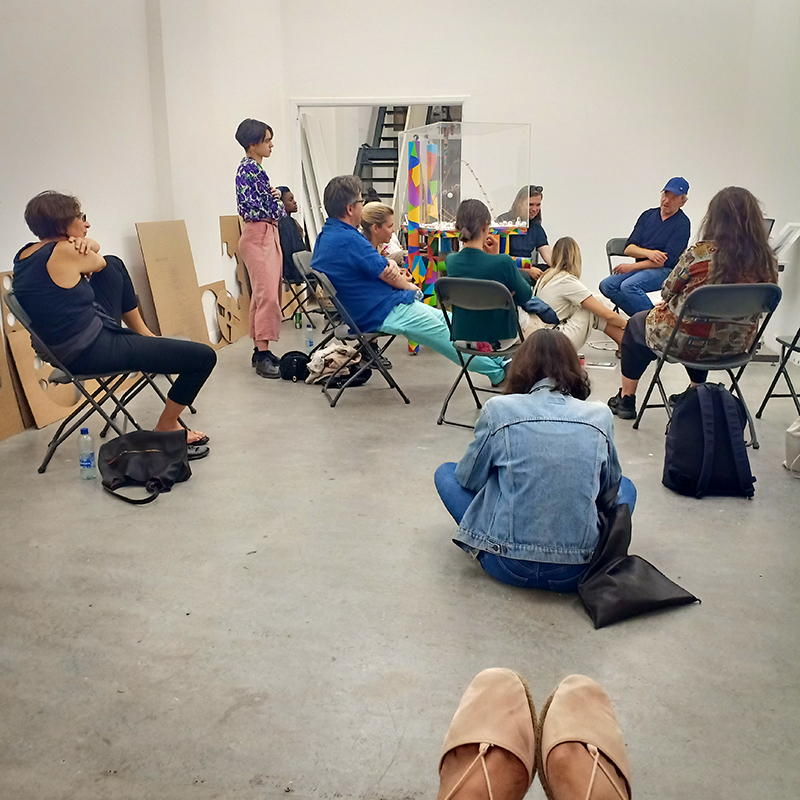
Interacting with artists in Brussels
You have spent a lot of time amongst artists in flow, at their studios. What did you observe?
As part of the course we visited multiple artist studios in Brussels it was a very interesting to compare them to the ones in Mumbai. You can tell a lot about an artist by visiting their studio. It is almost like observing their process in a single moment. For instance, you can tell when the work has actually been constructed somewhere else… and by someone else. I think my experience as an Architect also helps me identify this.
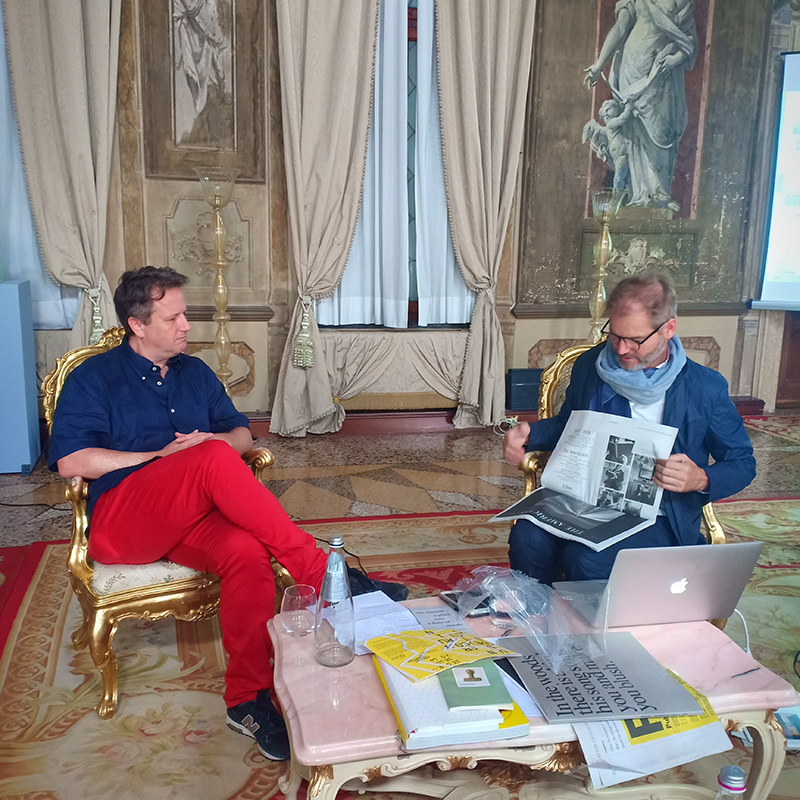
The beginning of the end: The final show
The final project as part of the school’s curriculum was to create an exhibition as a group. The School is actually run by Aurora and Sandro, who also have a gallery in Venice called AplusA Gallery, the site of our exhibition. Imagine 19 people working together in a city with infinite bridges carrying glass, wood, and ceramic sculptures, with a grand total of 3 hardware shops.
As the person who was the project manager I can confidently state that The Tower of Babel did not fall because of a language barrier, it fell because people refused to communicate effectively. As with any show, you can’t believe it happened till it happens. I think the 19 of us were very luck to find each other and Francesca, she works with the School and AplusA Gallery. The project not only equipped me to handle this, but also instilled me with confidence in my own abilities.

Anything to share about the debriefing and departure?
Venice is now part of my yearly pilgrimage, even our goodbyes were very weird. It was more like see you soon, rather than a farewell. The exhibition itself was very well received; we had almost a 100 people show up for the opening which was amazing.
What is one imperative piece of advice you would give a young artist who is just starting out? Similarly, what is the one imperative piece of advice you would give to someone who wants to be a curator.
Be ready to stand by your work. If you find yourselves defending your work aggressively, yet without a clear understanding of why someone is opposing it, you have missed something. We live in a very vocal time. Everyone wants to be heard and for some reason we think being the loudest works. It does not. To both curator and artist, I would say find your voice in whatever medium you prefer; written, spoken, drawn the possibilities are limitless.

Tell us about what you learnt in Venice.
Communication, and collaboration are nice words to use when talking about art but putting it into action is difficult for most people. It also gave me a very real insight into the global art network and how it works. I am still developing my curatorial process, but rigorous research and authenticity are very important.
My own personal evolution and ongoing commitment to arts – is one of those things that requires some self-reflection and I still need to identify it. The one thing I can attest to is that before I was wandering in a nomadic way across the arts. Now while I am still wandering, I am doing so with a sense of purpose and confidence.
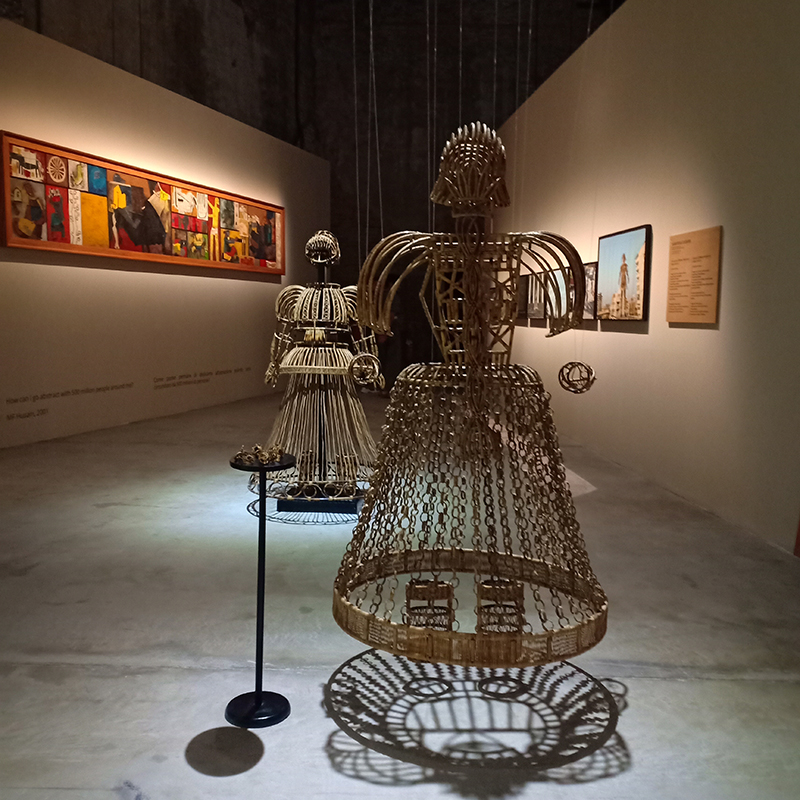
How do you plan on balancing teaching and your curatorial pursuits?
With teaching at a college level there are certain perks, like vacations. I also make it a point to create aclear demarcation between class hours and out of class hours. While I do respond to students’ emails, I do not do so on weekends or after 7 PM on a weekday. This gives me time to write and pursue my own interests.
I also consider myself to be a student, for every class when I refresh my presentations or lesson plan, I learn something new. I attend talks and short courses in the city, and it only helps bolster my practice. Recently I had the opportunity to work with the Sanctuary Nature Foundation, as part of the Photography Awards 2019. The exhibition which I got to be a part of, was held at the Piramal Art Gallery at the NCPA. It is the kind of work I intend to continue engaging with in the future.
Before you go – you might like to browse the Asian Curator curatorial archives . Contemporary art curators and international gallerists define their curatorial policies and share stories and insights about the inner runnings of the contemporary art world.











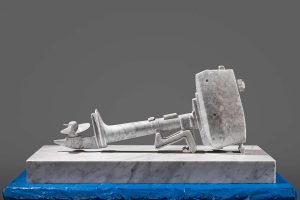
Add Comment